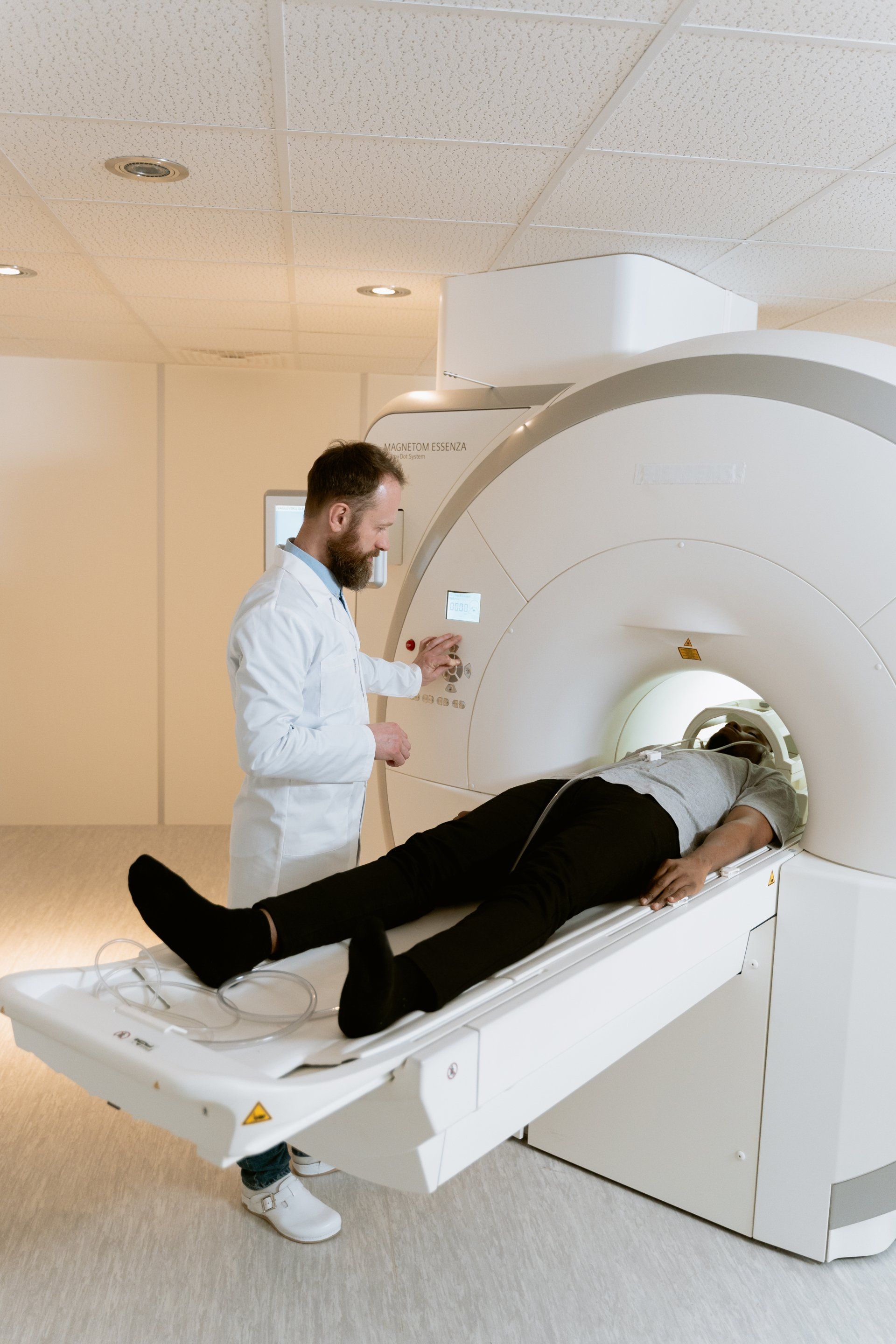Pituitary Surgery
When the pituitary gland grows without control, it can form a tumor, causing several adverse symptoms. Pituitary surgery is the most common method of treatment to remove pituitary tumors.
Why You Might Need Pituitary Surgery
Pituitary Tumors
These abnormal growths often lead to the overproduction of the hormones that regulate your body. Some symptoms include loss of vision and headaches.
Endocrine-Inactive Adenomas
Also known as non-hormone-secreting tumors, these growths are responsible for increasing pressure on the pituitary gland and surrounding structures, leading to headaches and vision loss.
Cancerous Tumors
Though rare, cancerous pituitary tumors can often spread to other parts of the central nervous system and different parts of the body. It is often treated with medication and surgery.
More About Pituitary Tumors
A pituitary tumor occurs due to uncontrolled cell growth in the gland. However, the cause of the growth is still unknown.
The pituitary gland is responsible for secreting important hormones that regulate important body functions like blood pressure, growth, and reproduction. So when a hormone-secreting tumor develops, it can lead to a multitude of problems.


What Happens During Surgery
Pituitary surgery is usually done under general anesthesia and is preceded by various tests, including blood tests, heart rhythm tests, and chest x-rays.
Pituitary surgery is no longer done by making incisions on the nose. Instead, it is done via endoscopy—a minimally invasive procedure. The procedure is done by passing an endoscope through the nose and using it to extract the tumor.





